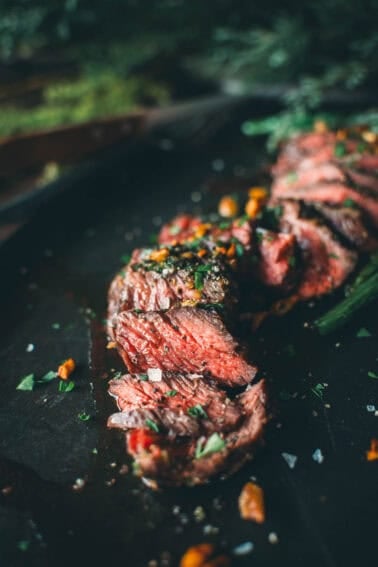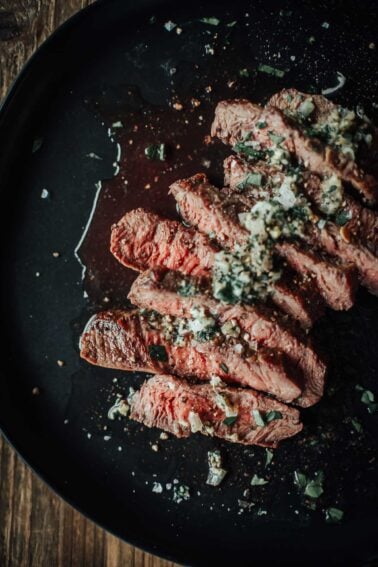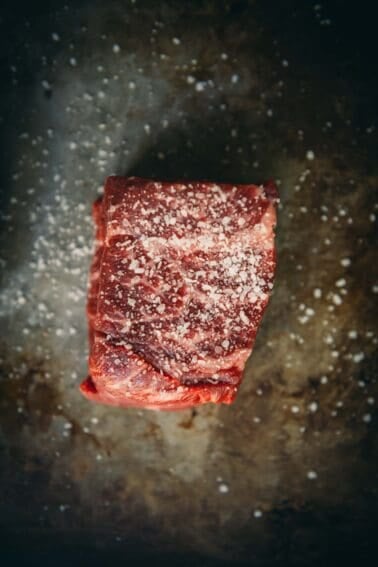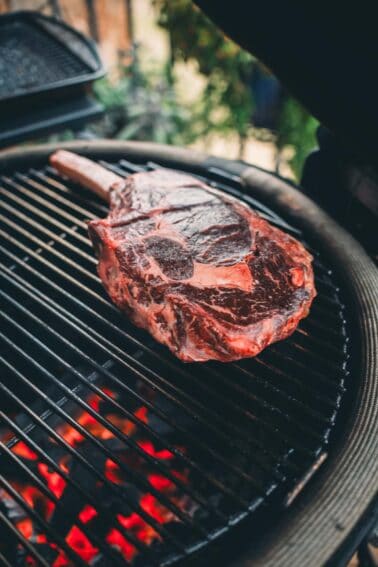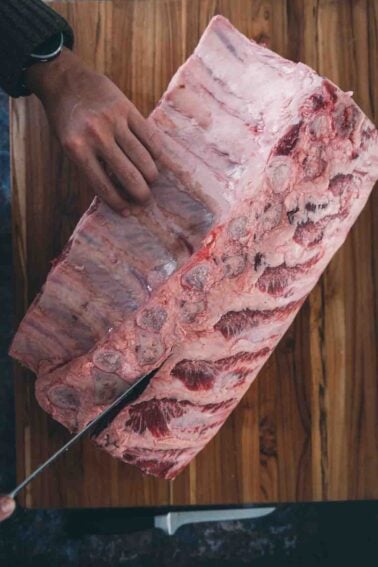Organic, Hormone Free, Grass Fed, Free Range, Choice, Certified Beef. What does all of that even mean? Let’s break those meat labels down so can get back to making your beef recipes.
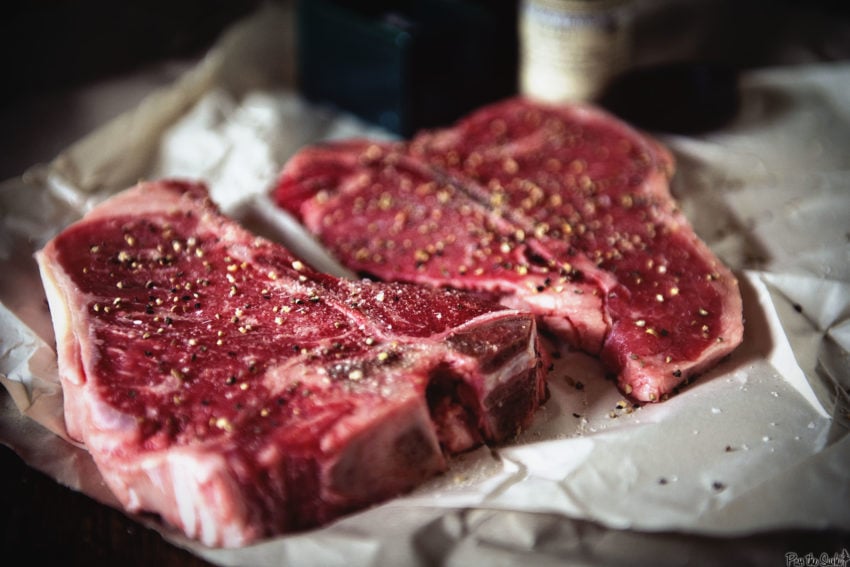
This post was sponsored by Elanco for the desire for clarification. However, this post is my own.
As you stroll through the aisles of your local grocery store or visit the friendly neighborhood butcher shop, you’ve most likely come face to face with a plethora of meat labels, each describing its own set of virtues and qualities. From certified claims such as “organic” and “grass-fed” to “antibiotic-free” and “humanely raised,” these specific labels offer a glimpse into the diverse world of meat production and its impacts on human health and the environment.
But what do these labels mean? How can you navigate these beef labels to make informed decisions according to your lifestyle and values?
In this post, we’re breaking down exactly what those meat labels mean and putting facts behind the claims so you know exactly where your money is going.

What Are the Different Beef Labels?
Whether you’re buying a whole beef tenderloin or looking to pick up a couple of steaks for the gas grill, you’re going to see some labels on your meat. These beef labels can tell you a lot about how tender, juicy, and flavorful your meat will be.
Now, no matter what type of steak you’re buying, the first thing you will probably notice on the label is the cut. If you want to dive deeper into different cuts of steak, check out our Steak Cuts 101 Guide. After you’ve picked out the best steak for grilling, there’s a myriad of labels that have been popping up all over meat packages. Let’s break them down.
Girl Carnivore Pro Tip
With more specialty butcher shops and online purveyors working with small farms and locally sourced animals growing in popularity around the country, you should do your own research as to their certifications, standards and how they grade their beef.
Operations like Porter Road, one of our go-to trusted sources to buy meat online, do not have all of their pasture-raised beef graded, according to their website. However, there is a USDA inspector on site every day. A reputable butcher, online or locally, will always disclose their standards and policies.
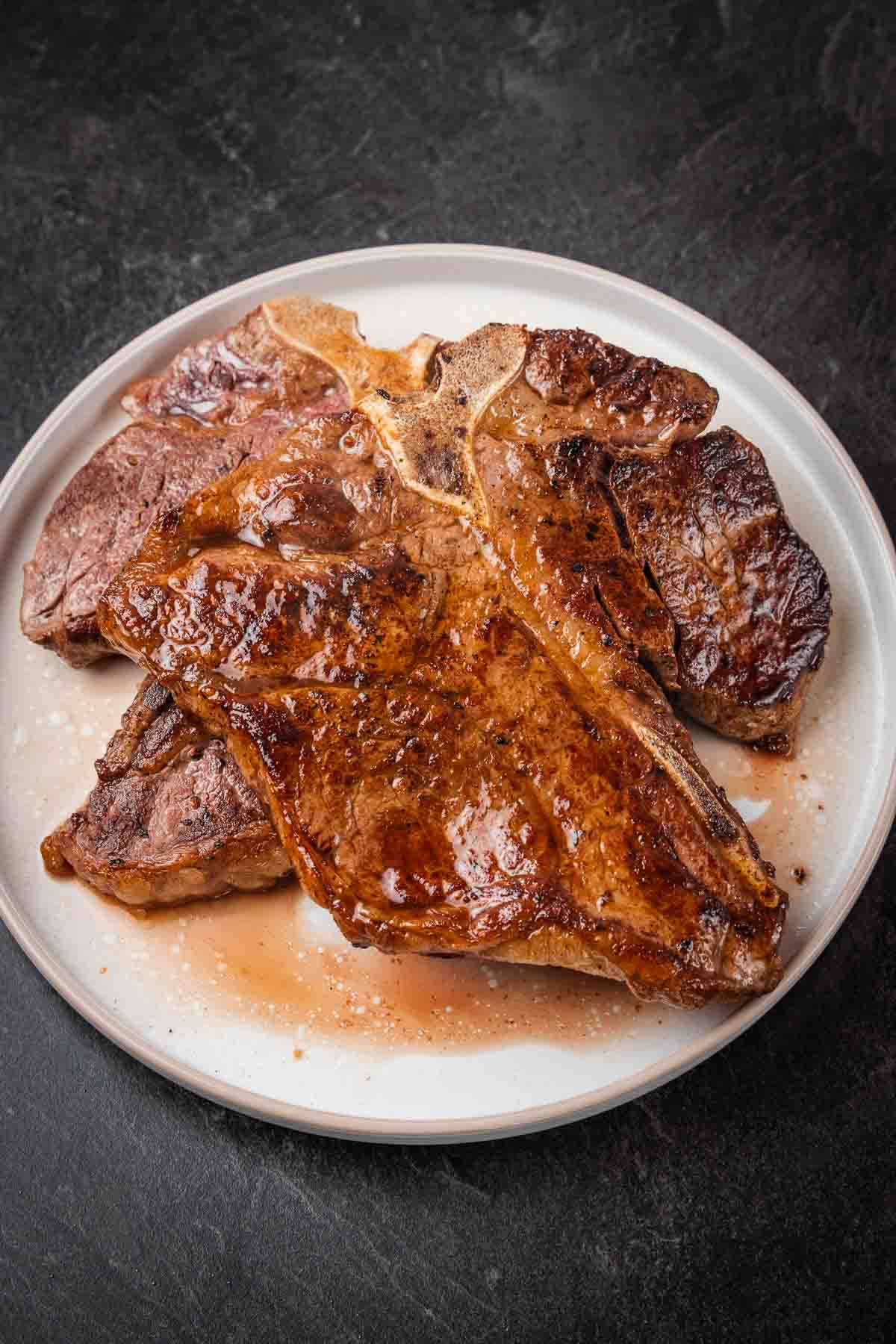
Prime, Choice, and Select
This label refers to the quality of the beef cut, whether it’s steaks or ground beef. When you see Prime, Choice, or Select on your beef, you are essentially reading the ‘grades’ of meat. It is a system that has been standardized and is in common practice regulated by the USDA.
Each cut will be graded depending on the marbling, age of the animal, and other critical features for the tenderness and flavor of the meat. All of these choices make for quality cuts of beef to be used in your kitchen, and we bounce back and forth depending on our budget and needs.

Prime
Meat products with the Prime Label are the highest quality of meat you can buy. But you may not always find it at your local grocery store. Sometimes, getting your hands on Prime meat means buying it online or getting it from a butcher instead. Prime meat usually has tons of marbling, lending to its tender texture and buttery flavor. This type of meat is typically served in high-end steakhouses because of its quality.

Choice
Falling just below Prime, Choice is the most commonly encountered grade of beef in supermarkets and restaurants. While Choice cuts still exhibit good marbling, it is not as abundant as Prime beef. However, Choice beef retains its tenderness and flavor, which makes it a versatile and well-liked choice for a wide variety of beef dishes. It’s an ideal option for budget-conscious individuals who want to savor the goodness of high-quality meat without breaking the bank.
If you want to know what the best Cheap Cuts of Meat for Great Grilling, check out our guide.
Select
On the lower end of the scale is Select beef. It is considered a lower quality grade compared to Prime and Choice. Select cuts are characterized by less marbling, resulting in leaner meat with fewer visible fat pockets. As a result, Select beef is leaner and slightly less tender than Prime and Choice cuts. Select cuts are often more budget-friendly and are suitable for dishes where leaner beef is preferred, although they may require careful cooking to maintain tenderness, like Flank Steak.
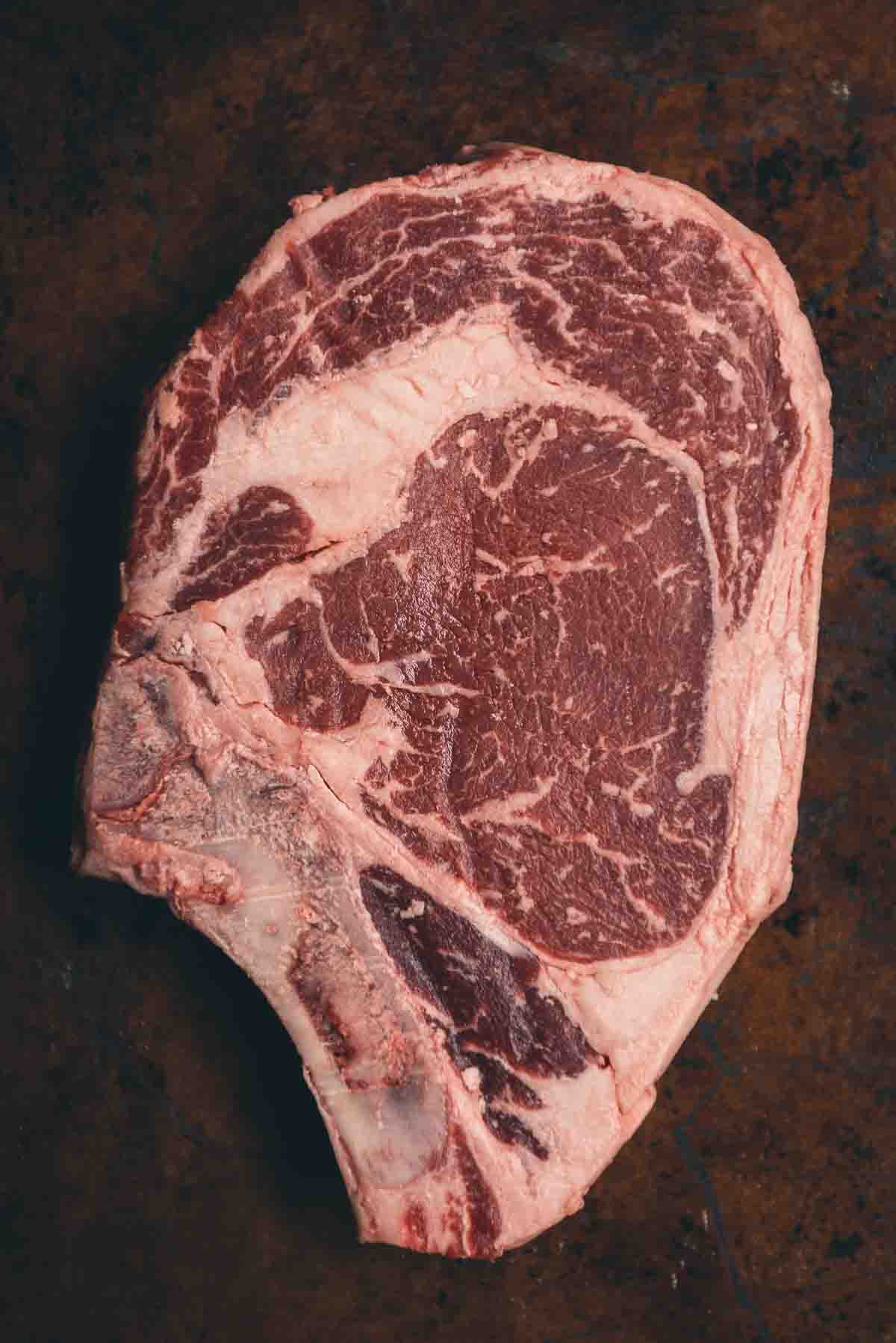
Girl Carnivore Pro Tip
Looking for more information on individual beef cuts? We break down information on every cut of beef in our beef recipe archive. We do this for all other proteins too, you just happen to be reading about beef labels, so we’re sticking to a theme. Feel free to click around though.
Grass Fed
Grass-fed labeling refers to red meat. This label refers to the animal raising claims that the animal only grazed on grass after being weaned from its mother’s milk. It should be noted that beef cattle in the United States all graze in pastures for some duration of their lives.
However, for economic, production, and environmental impacts, most are transitioned to grain and roughage diets for several months while they are finishing coming to market weight. Are you curious about grain-fed vs. grass-finished? Check this article out.
No Antibiotic Use
The No Antibiotics label means that the animal was never administered antibiotics, and the meat producers must provide paperwork to the USDA to prove this.
Regardless of the use of antibiotics or not, all beef is tested to ensure it meets the federal standard of safety. Important antibiotics are used to treat sick animals on an individual basis by trained veterinarians and staff to ensure the quality of life for the animal and the safety of the final product.
Animals that have been treated are monitored for recovery, and with USDA’s food safety standards, it is required that any animal treated with antibiotics be held to a standard withdrawal period, showing no trace of the antibiotic in the animal’s system, before going to processing.

No Hormones
This label claims the animal was never administered additional growth hormones, though all animals naturally produce hormones. Additional paperwork is required to prove this to the USDA.
Organic
USDA Organic Beef must follow the USDA National Organic Program, be fed only an organic diet, and not be treated with added hormones. The exact text from the USDA site reads, “Regulations require that animals are raised in living conditions accommodating their natural behaviors (like the ability to graze on pasture), fed 100% organic feed and forage, and not administered antibiotics or hormones.”
Check the USDA page for more information on USDA Organic here. For further info on Organic Beef – check out their longer explanation here.
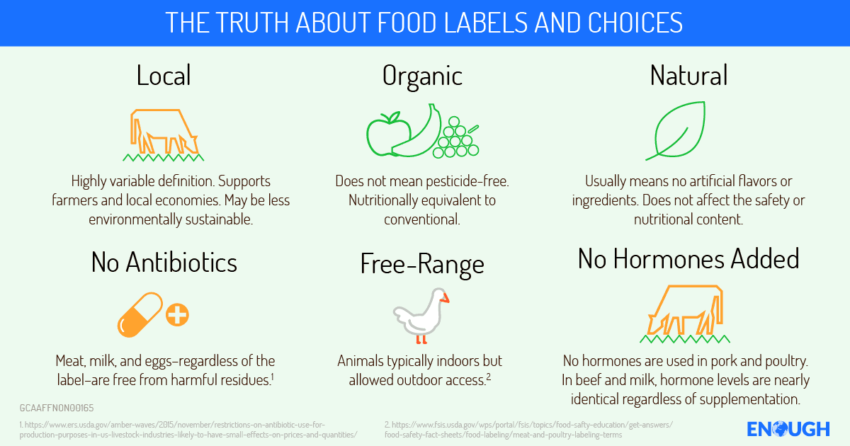
Easy Steak Recipes
Now that you have some knowledge, it’s time to put it to work with these mouthwatering steak recipes.
FAQs
From Wikipedia: The United States Department of Agriculture, also known as the Agriculture Department, is the U.S. federal executive department responsible for developing and executing federal regulations related to farming, agriculture, forestry, and food.
You can easily find high-quality fresh meat at your local grocery store. However, if you want more options, check out our Where to Buy Meat Online: 2023 guide!
Taking a closer look at the special claims made on food labels can help you decipher which types of beef fit your lifestyle. If you found this post helpful, let us know in the comments!
